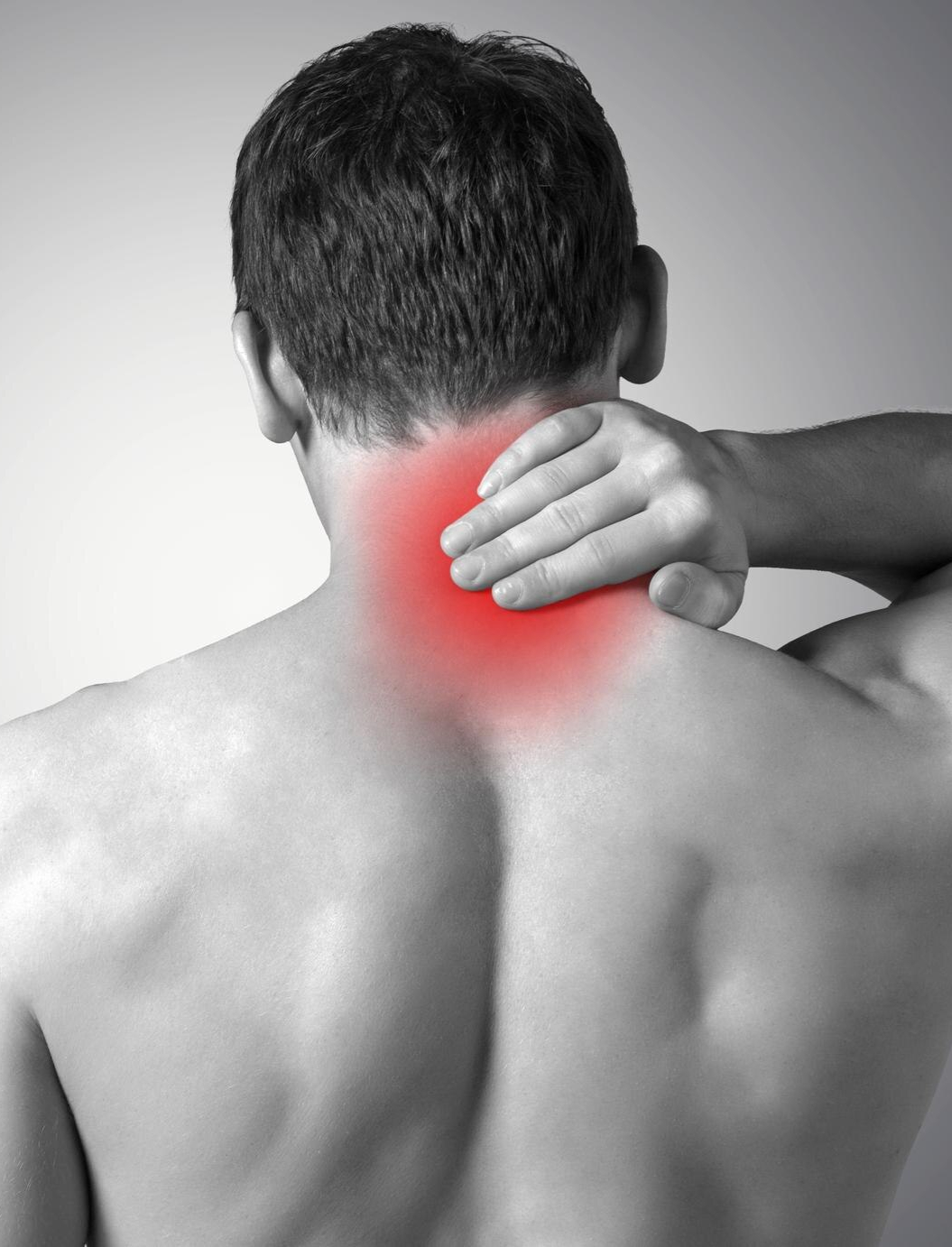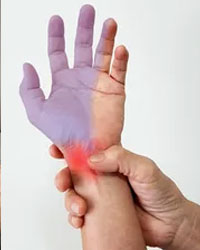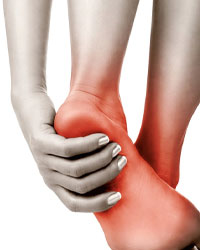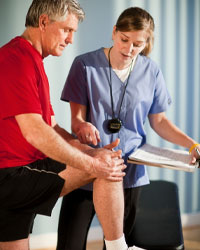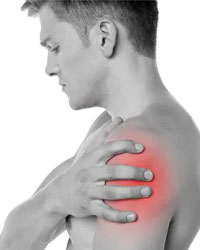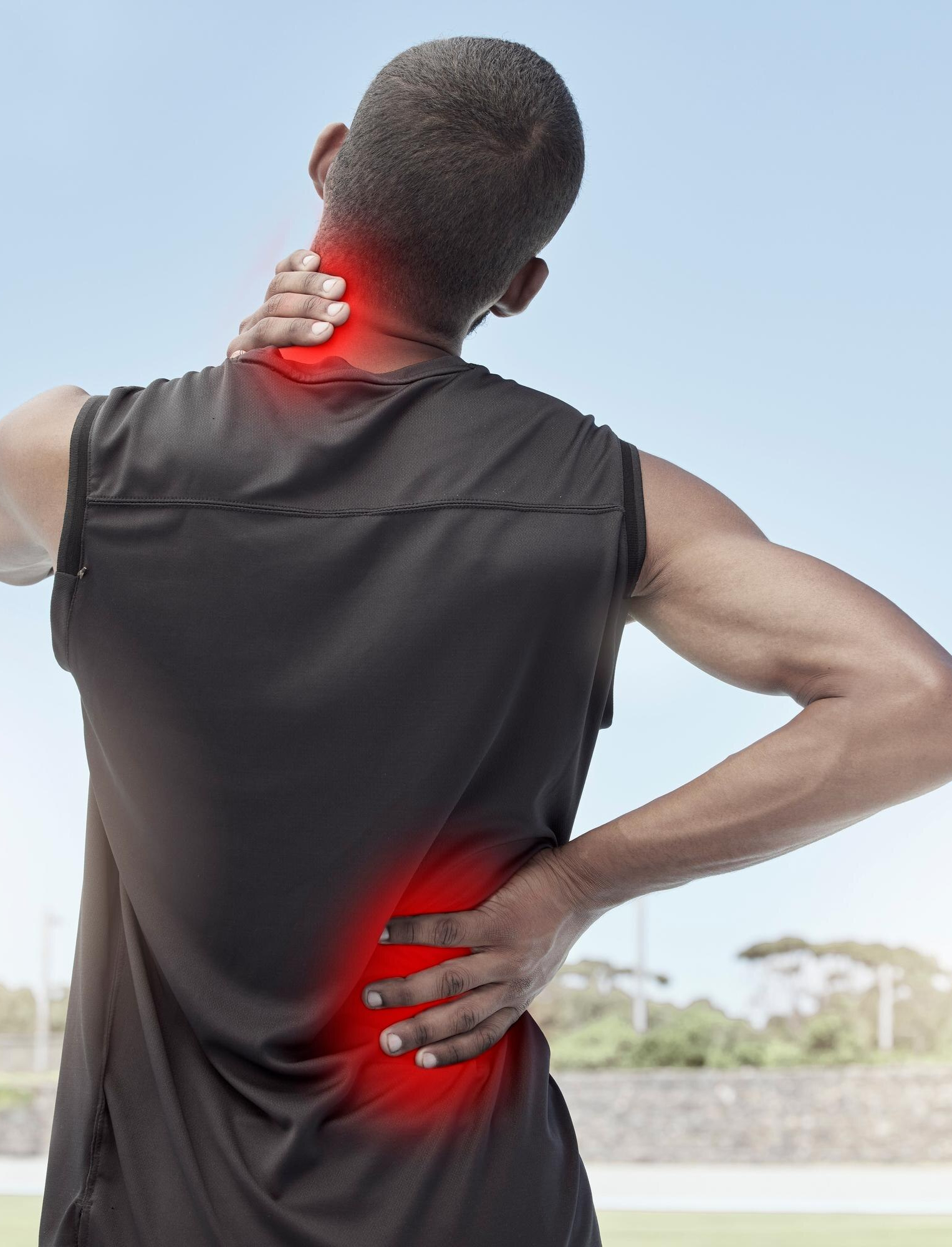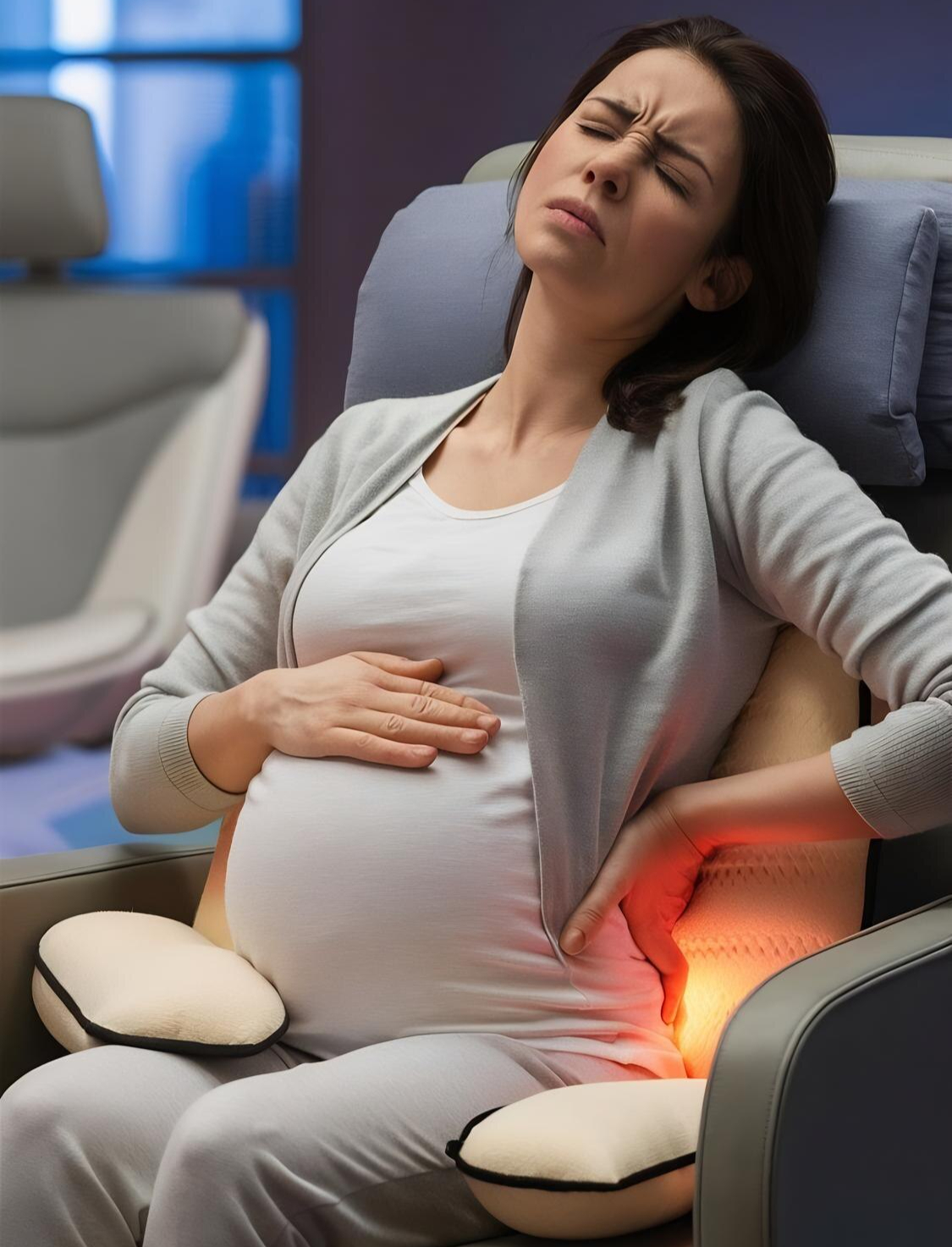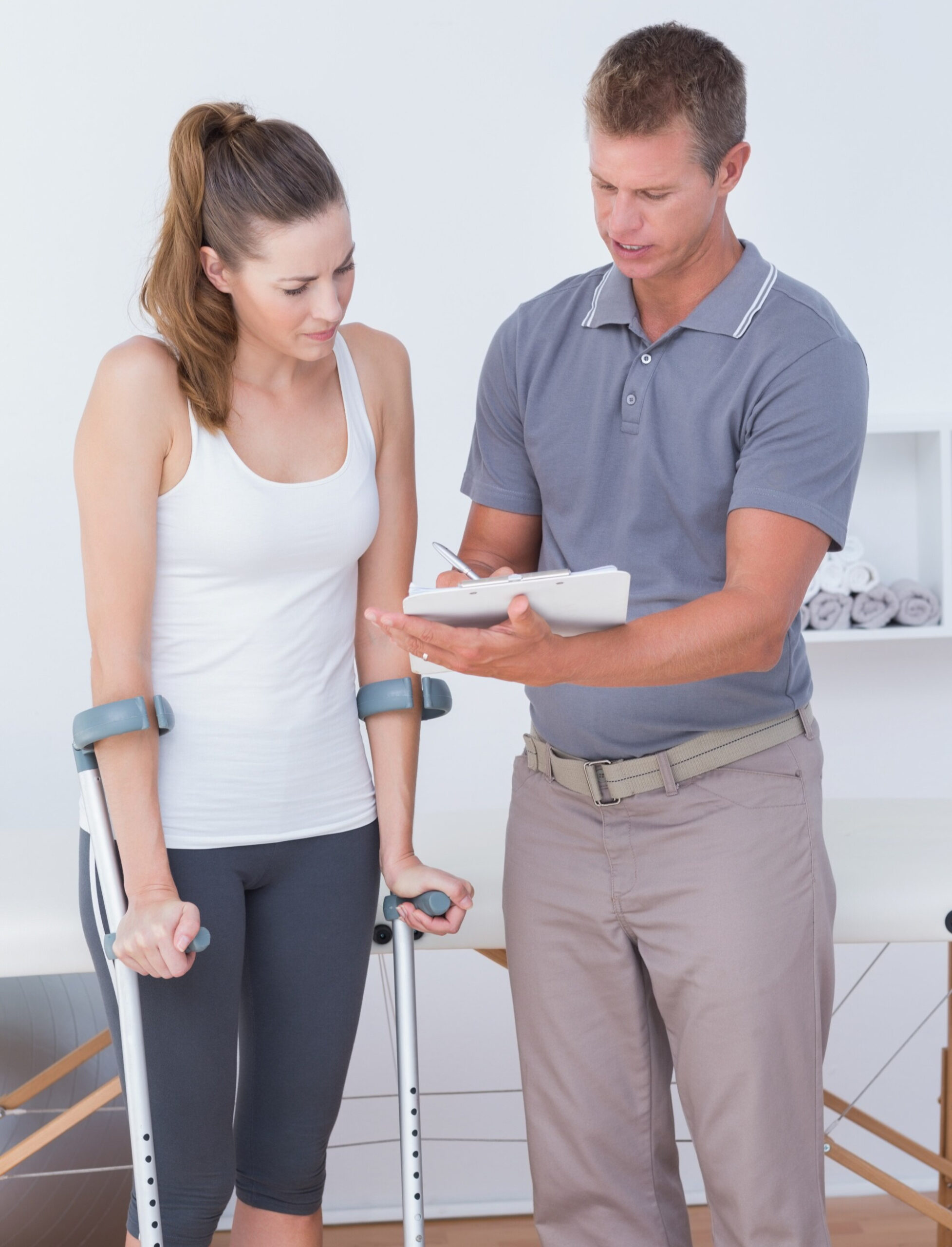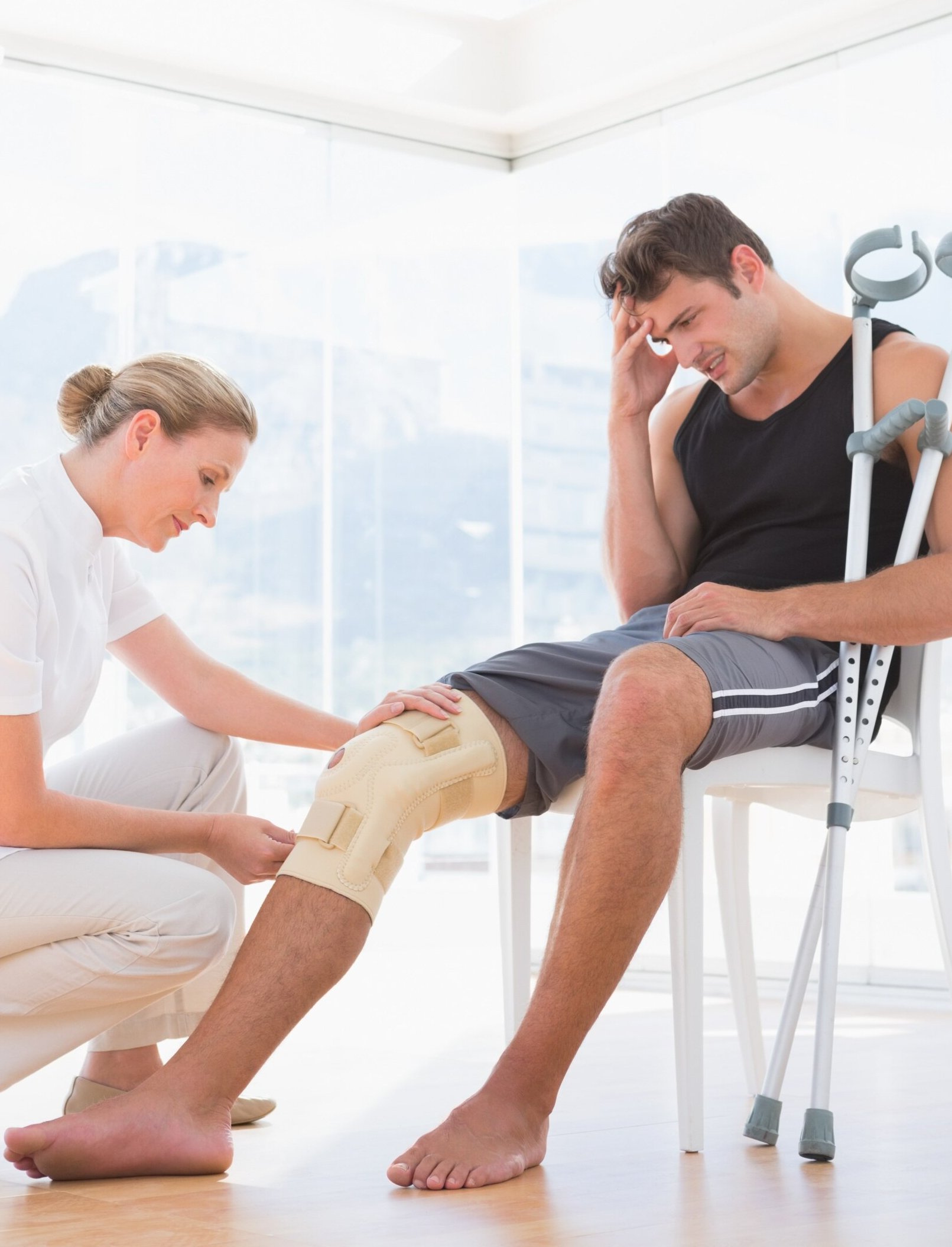Hip and Knee Pain Physiotherapy in Edmonton
Do you feel discomfort, soreness, or aching in the knee or hip joint? The knee joint is where the thigh bone (femur) meets the shinbone (tibia) and the kneecap (patella). The hip joint is where the thigh bone connects to the pelvis
It’s important to seek medical advice if you are experiencing persistent knee or hip pain, as early treatment can help prevent further complications.
Let’s talk about these symptoms first:
Knee pain symptoms include
- Pain in the knee joint or surrounding area
- Swelling or stiffness in the knee joint
- Weakness or instability in the knee
- Limited range of motion in the knee joint
- Grinding or popping sensation when moving the knee joint
- Pain that worsens with activity or after prolonged sitting or standing
Hip pain symptoms: You will feel the pain in the
- Hip joint or the surrounding area
- Stiffness in the hip joint
- Difficulty walking or standing up from a seated position
- Grinding or popping sensation when moving the hip joint
- Limited range of motion in the hip joint
- Pain that radiates to the groin, buttocks, or thigh
If you are looking for hip and knee pain physiotherapy in Edmonton, Creekwood Physiotherapy is right at service for you.
Physiotherapy can be an effective treatment for knee and hip pain. A physiotherapist will work with you to develop a customized treatment plan based on your specific condition and symptoms. Here are some common techniques used in physiotherapy to treat knee and hip pain:
Exercise therapy: Specific exercises can be prescribed to help strengthen the muscles around the hip and knee joints, improve the range of motion, and reduce pain.
Manual therapy: This involves hands-on techniques such as massage, mobilization, and manipulation to help reduce pain, improve joint mobility, and increase flexibility.
Electrotherapy: Modalities such as ultrasound, electrical stimulation, and heat or cold therapy may be used to help reduce pain, inflammation, and muscle tension.
Education: Your physiotherapist can provide you with advice on how to manage your pain, improve your posture, and avoid activities that may aggravate your symptoms.
It’s important to work with a qualified physiotherapist and follow their advice to achieve an optimal outcome.
Functional training: This involves simulating daily activities to help you learn how to move in a way that minimizes pain and reduces the risk of injury.
Assistive devices: Depending on your condition, your physiotherapist may recommend the use of assistive devices such as crutches, braces, or orthotics to help improve your mobility and reduce pain.
Information: Take charge of your knee discomfort right away to prevent it from further interfering with your life. Start today and go towards a journey of pain reduction! To talk with one of our passionate physiotherapists, schedule a consultation at Creekwood Physiotherapy right away.

